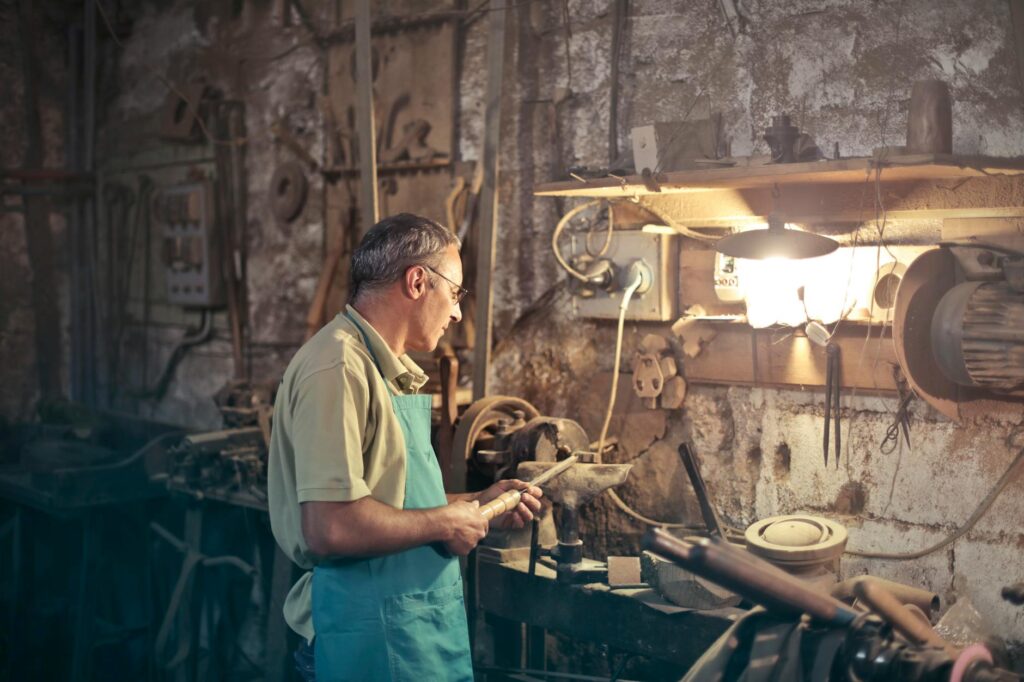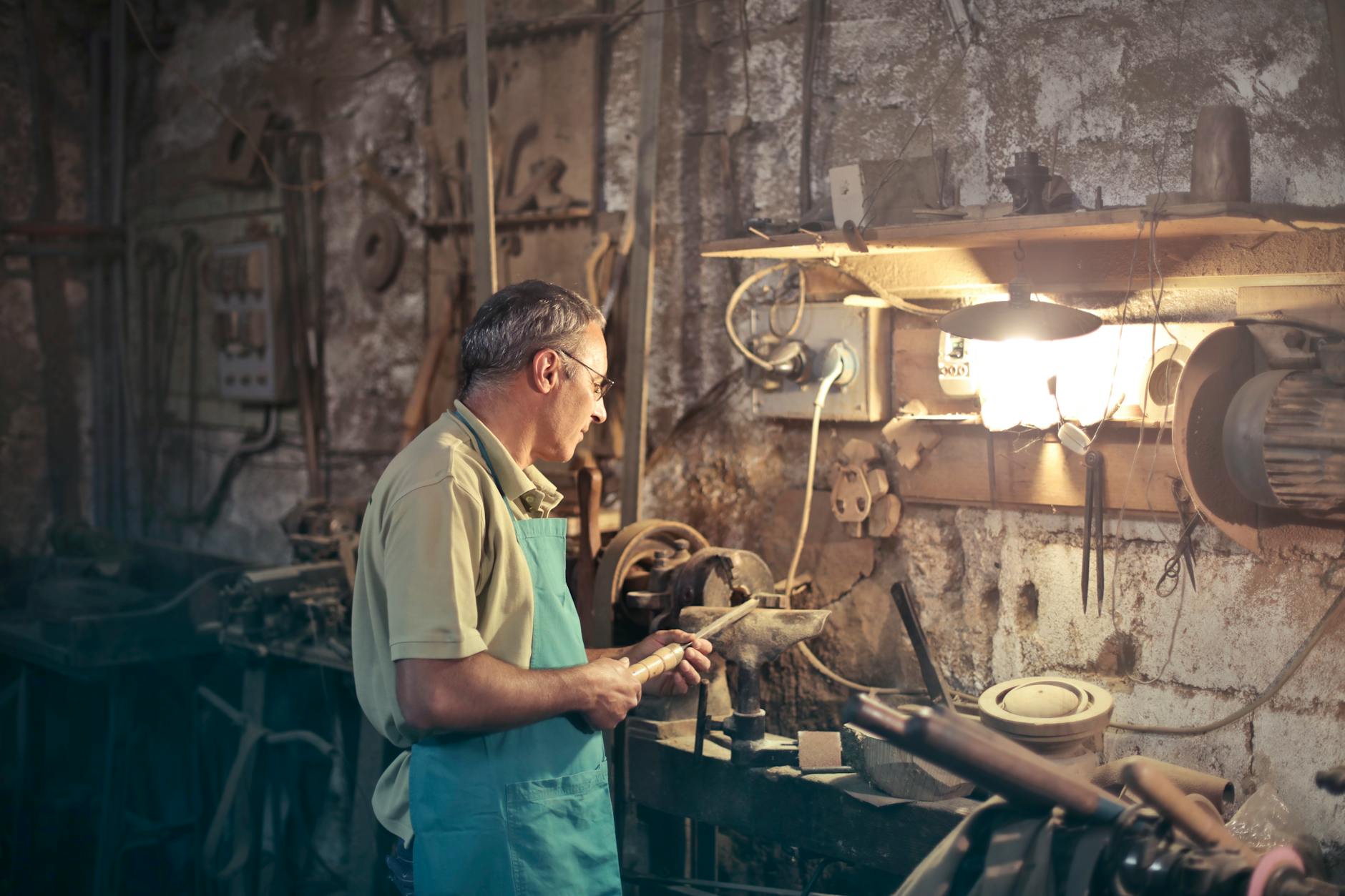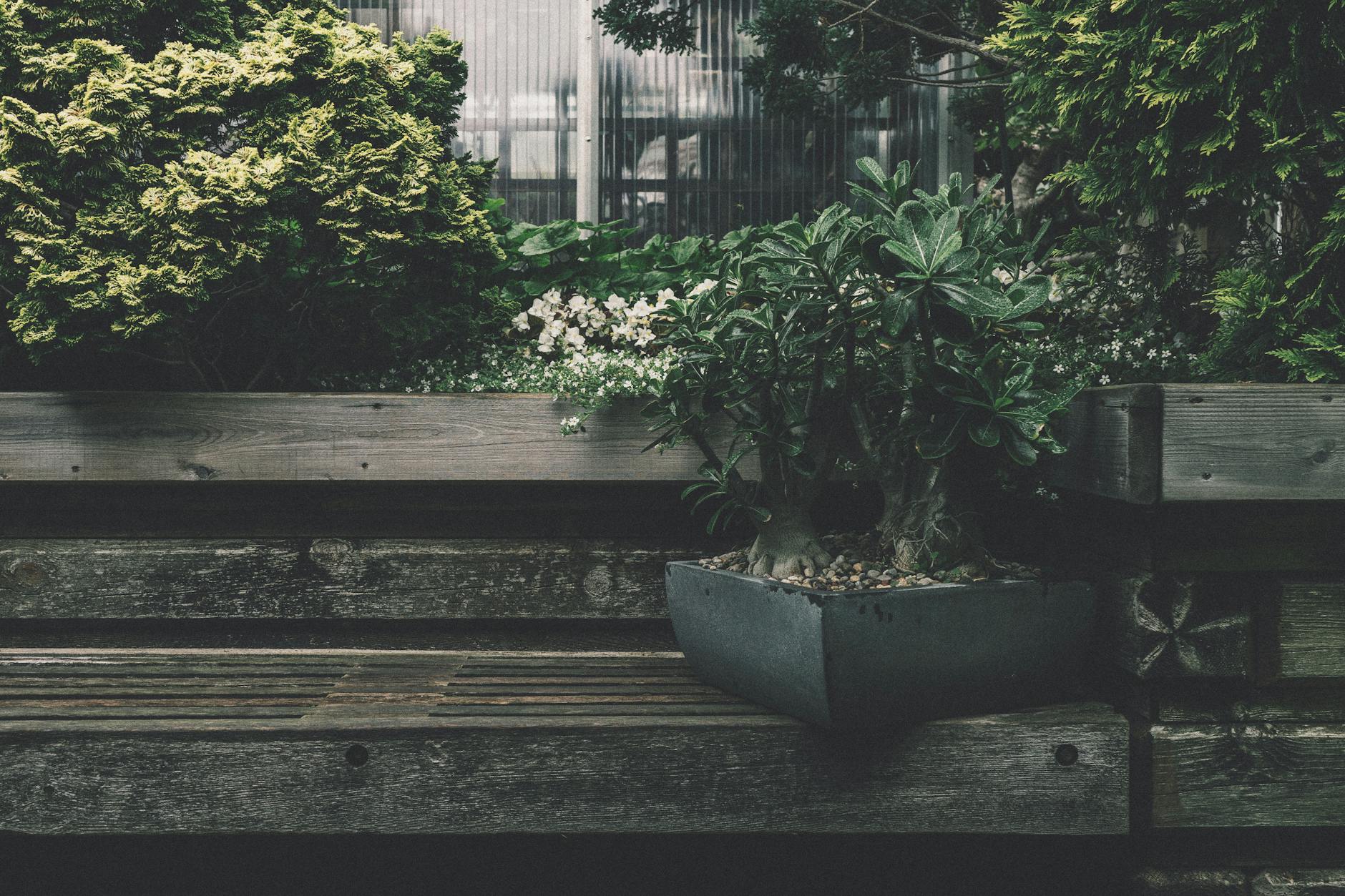Lava lamps have been a mesmerizing decor item since their invention in the 1960s, offering a unique blend of color, light, and slow-moving lava blobs that can add a touch of retro flair to any room. However, like any gadget, they can sometimes malfunction. If you find your lava lamp not working as expected, don’t worry! We’ve compiled a list of 7 common problems and how to fix them, ensuring your lava lamp continues to bring joy and relaxation for years to come.
1. Lava Lamp Not Turning On
If your lava lamp won’t turn on, the first step is to check the basics: ensure the lamp is plugged in, the socket is working (try plugging in another device), and inspect the bulb for any signs of damage. If the bulb is blown, replacing it with the correct type and wattage should solve the problem. 
2. Lava Stuck at the Top
The iconic slow-moving blobs can sometimes get stuck at the top of the lamp. This is often due to the lamp not reaching its optimal operating temperature. Move your lamp to a warmer spot away from air conditioning units or drafts, and allow it some time to warm up. Avoid shaking the lamp, as this can cause permanent cloudiness.
3. Cloudy Water
Cloudy water can detract from the visual pleasure of your lava lamp. This can happen if the lamp is shaken or moved while hot. If cloudiness occurs, turn off the lamp and let it settle for 24 to 48 hours. If the cloudiness persists, you may need to replace the liquid, ensuring to use a solution that matches the lamp’s requirements.
4. Lava Not Moving
A lava lamp that shows no motion can be quite disappointing. This usually occurs when the lamp hasn’t been used for an extended period. The solution is to leave the lamp on for longer, up to 8 hours but no more than 10, to allow the wax to become fully molten. If the issue continues, the lamp might need a new bulb or a check-up for electrical issues.
5. Lamp Gets Too Hot
Lava lamps are designed to operate at a certain temperature, and if they get too hot, it can be a safety hazard. Ensure your lamp is situated in a well-ventilated area and isn’t close to other heat sources. If the issue persists, using a timer to regulate the lamp’s operation can prevent overheating.
6. Lamp Makes Noise
A bubbling or crackling sound from your lava lamp is not part of its normal operation. This sound can occur if the bulb is too powerful, causing the liquid to overheat and evaporate, creating bubbles. Switching to the recommended bulb type and wattage should remedy this issue. 
7. Color Fade
Continuous exposure to sunlight can cause the colors of your lava lamp to fade over time. To preserve the vibrant colors of your lamp, keep it away from direct sunlight and consider using a lampshade or window tint for additional protection.
In conclusion, while lava lamps are generally low maintenance, addressing these common issues can help prolong the life and beauty of your lamp, ensuring it remains a fascinating feature in your home or office. With a bit of troubleshooting, you can fix most issues and get your lava lamp back to working condition.
Frequently Asked Questions
– What type of bulb does my lava lamp need?
– How long should I let my lava lamp run?
– Can I repair a lava lamp that’s leaking?
– Is it safe to leave a lava lamp on overnight?
– How can I safely dispose of an old lava lamp?
For more insights into lava lamp care and troubleshooting, be sure to check out our guides on how to maintain your lava lamp and safety tips for lava lamps.





